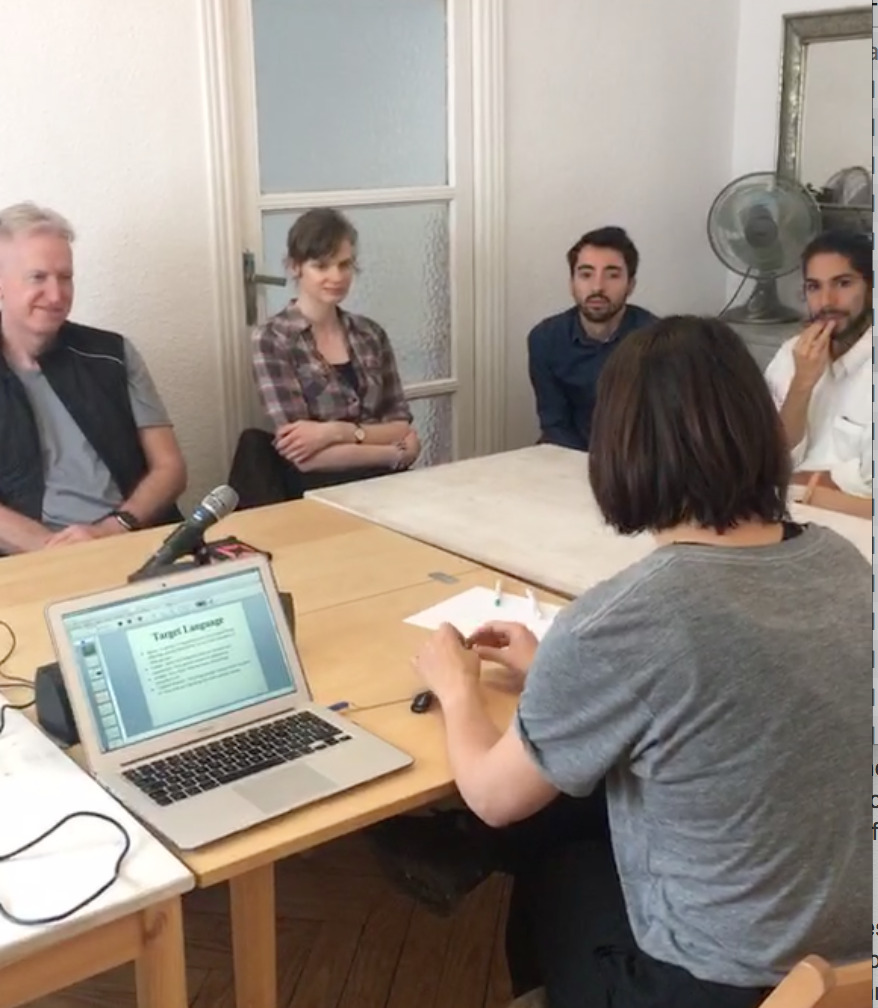
STRESS ON THE WRONG SYLLABLE
STRESS ON THE WRONG WORD
Just like placing the stress on the wrong syllable within a word, placing the stress in the wrong place in a sentence can also lead to confusion or the speaker’s inability to convey exactly what they mean. Here's a great example:
I didn’t say you could come here = Someone else said you could
I didn’t say you could come here = I am denying saying it
I didn’t say you could come here = I implied it/whispered it/wrote it down
I didn’t say you could come here = I said someone else could
I didn’t say you could come here = I said you want to
I didn’t say you could come here = I said you could arrive here
I didn’t say you could come here = I said you could go somewhere else
So there you can see how the sentence completely changes depending on which word is stressed.
NO RISING PITCH
This is one intonation I hear often from Spanish students in yes and no questions where there is a rising pitch towards the end. And on the other side of it, lots of students end their sentences flat so they don’t sound like questions at all, they sound like statements. It seems though that students often have more trouble imitating the rising more than the falling intonation.
USING THE WRONG PITCH
More often than not a student will use the wrong pitch to convey feelings. A single word like really can express completely different feelings: “Really” said with a falling intonation expresses disbelief, while “Really?” with a rising pitch expresses surprise.
Obviously, the correct use of intonation is necessary in order to get a message across and to ensure your speech is natural sounding. But, how can we teach this? Instead of giving a student an explanation regarding theory or linguistics, show them how to place stress to convey meaning. Exaggerate surprise or looks of disbelief so students get the full effect of the intonation. Be sure to contrast the difference when placing stress on different words in a sentence:
I want to learn English (meaning, they’re not being forced to learn English) vs. I want to learn English (meaning, they want to learn English as opposed to another language). Try it out on your students and get them to tell you the difference in meaning.
You could also go over some basic rules of word stress. For example, when the same word can be both a noun and a verb (rebel, insult, suspect), explain that the first syllable is stressed in the noun and the second syllable is stressed in the verb. You could even mark the stress the way dictionaries do (/hoʊˈtɛl/ for hotel), use bigger or smaller circles or Cuisenaire rods (ho-tél) as they can be useful to show where the stress goes in a sentence.
If you're not already a TEFL teacher but you're the kind of person who loves to help people to overcome difficulties such as these, click HERE for a no-obligation interview with Oxbridge TEFL and you could be teaching English within a month.





